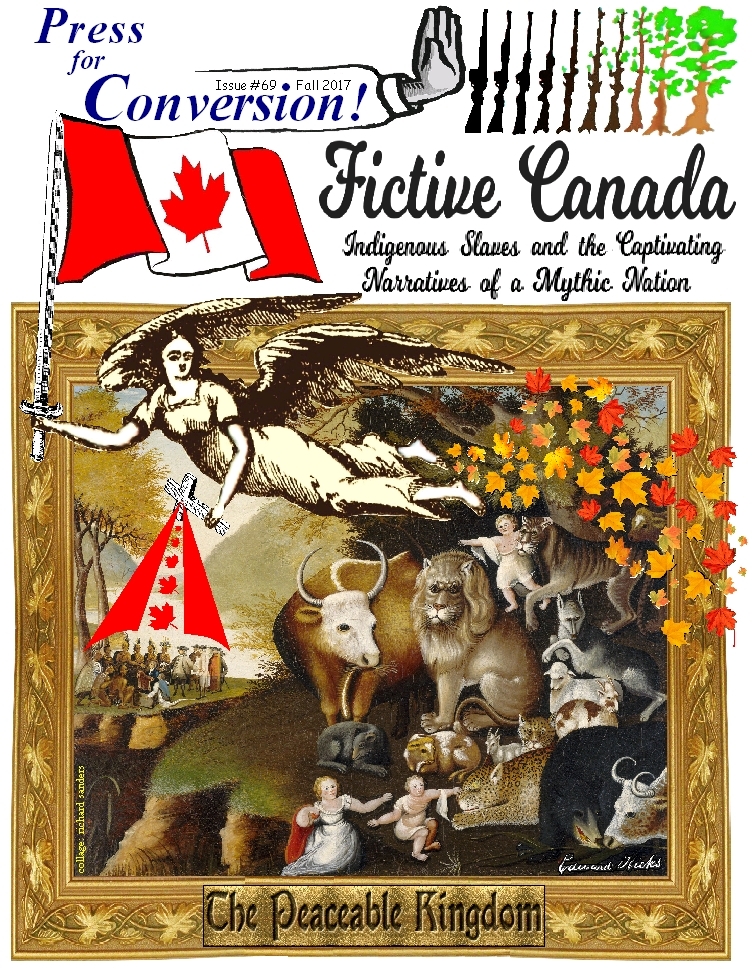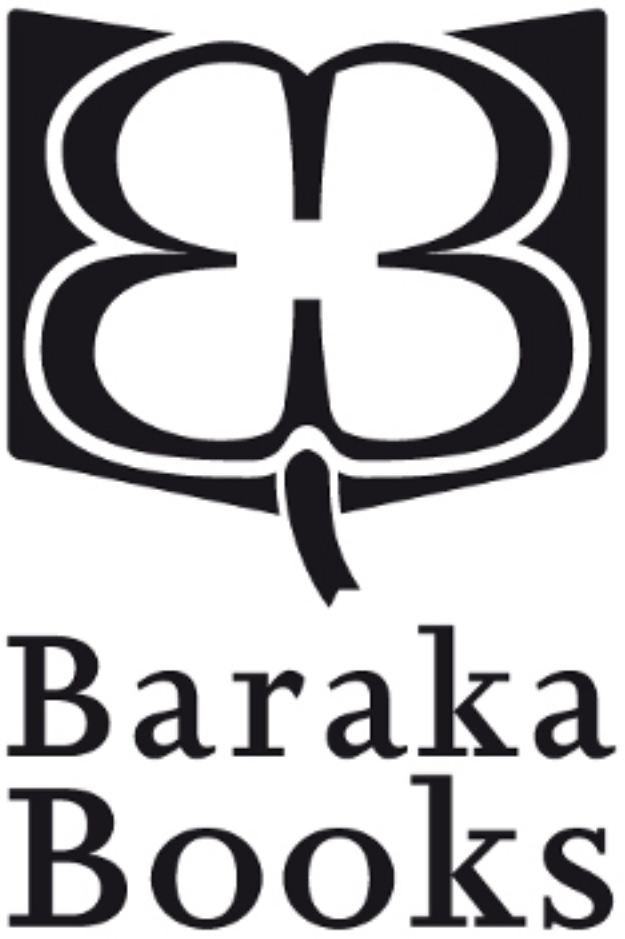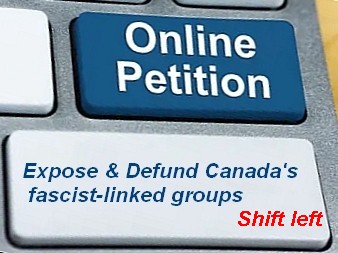|
His work included covering at least
one terrorism trial of the Organisation of Ukrainian Nationalists (OUN). To gain
Ukraine’s independence, the fascist OUN assassinated Polish politicians. While
on Dilo’s staff, said scholar John Paul Himka, Chomiak worked for a Lviv
law "firm that handled one of the famous OUN assassination cases." While
Chomiak’s articles "made him a famous cub reporter,"2 said Himka (who as
Chomiak’s son in law, is Freeland’s uncle), he had a conflict of interest.
How could he write unbiased news about such
trials when, as an intern trying to pass the bar, he was beholden to a law firm
defending terrorists? His objectivity was also tainted by the Ukrainian
nationalist struggle with which he so closely identified.
Freeland too was in a major conflict of
interest. The widely-accepted narrative is that she was an "accidental
journalist"3 who, in 1990, suddenly began her meteoric rise through some of the
world’s largest media firms. This legend, created by Freeland herself, neglects
mention of her deep involvement in the divisive, partisan fight to sever Ukraine
from the USSR. In early 1989, when her political meddling hit the news, she
signalled her intent to enter mainstream journalism and hinted at her conflict
of interest. "Freeland says her political activism," reported Don Retson, "may
not make her an ideal journalist."4
Freeland’s legend still neglects mention of
her work for far-right propaganda organs in Canada, the US and Europe. These
Ukrainian nationalist and CIA-linked enterprises were the early steps in her
career. Freeland’s skill in feigning objectivity allowed her to become a beloved
darling of corporate media, which remains as entrenched in Russophobic/pro-NATO
rhetoric as it was throughout the Cold War.
The right place, the right time and the ultraright ideology
Freeland’s media career benefited from her
extremely anticommunist and Russophobic views. These ideologies were valuable
assets for candidates seeking work in the Western media. And, being in Soviet
Ukraine during the final battle of the Cold War, put her in the right place at
just the right time. Beginning in about 1990, Freeland assisted billionaire
George Soros in his efforts to influence Ukrainian politics. At that
time, Soros began funding the CIA-created propaganda network—Radio Free
Europe/Radio Liberty—which assisted her entrée into mainstream
media.
A main goal of the nationalist, anti-Soviet
Ukrainian media for which both Chomiak and Freeland worked in the 1980s, was
Ukraine’s independence. Since WWII, Ukraine had been a frontline battleground
for NATO Cold Warriors and their propagandists. Their ambition to destroy the
USSR and communism in general, had previously been a central goal of the Nazis
and their fascist Ukrainian allies.
After WWII, recognising that the
"nationalities issue" was a key weakness of the multicultural USSR, the CIA
recruited Ukrainian nationalists linked to terrorism and Nazism. A
now-declassified, CIA document states that its OUN allies
participated in terrorist activities
against Polish officials before the war, and Ukrainian nationalists allied
themselves with their Nazi ‘liberators’ ... in 1941.5

The CIA’s covert military and psychological-war programs used Ukrainian
nationalism as a wedge to divide and conquer the USSR. Secret CIA programs
included those code-named QRDynamic, QRPlumb, AeroDynamic and AECassowary. The
Agency’s website has over 4,500 links to formerly-secret and top-secret files on
these programs alone.6 These and other files on Ukrainian nationalists’ links to
the CIA, were released through the Nazi War Crimes Disclosure Act (1998). The
CIA says their release sheds
important historical light on the Holocaust
and other war crimes, as well as the US Government’s involvement with war
criminals during the Cold War. It further enhances public confidence in
government transparency.7 (Emphasis added.)
But the CIA invested its "confidence" not in
"transparency" but in the Nazi’s East European collaborators, especially
Ukrainians. These fascist, US allies were trusted assets in many covert actions
against the USSR. Because Canada was the world’s prime place of refuge for
antiSoviet Ukrainians after WWII, more than 500 CIA weblinks on the four secret
projects mentioned above, make reference to Canada.8
Keeping Chomiak’s "flame alive"
After fleeing the Red Army three times,
Chomiak ended his wartime career when the Nazis could no longer protect their
Ukrainian propaganda efforts. But, after fleeing to Canada in 1948, Chomiak was
again free to propagate the nationalist brand of Ukrainian culture to which he
was accustomed. Knowing of his work as a Nazi propagandist, Freeland said his
wartime experiences
had a very big effect on me .... [He] was
committed to the idea ... that Ukraine would one day be independent and that
the community had a responsibility to the country they had been forced
to flee ... to keep that flame alive.9
Once in Canada, Chomiak attended Ukrainian
Catholic church with Freeland and worked with Nazi-allied Ukrainian veterans
groups, like the Waffen SS Galicia and Bandera’s OUN(B) army. He also supported
Plast and the Banderite-led UCC, which Freeland still keenly supports. These
factors helped set the course for her to become a darling of the corporate
press. Later, by building on this media work, Freeland launched her political
career. During her meteoric rise to Deputy PM, Freeland has come to symbolise
Canada’s extremely Russophobic and anticommunist policies. As such, her maternal
grandfather would surely have been as proud of her efforts as she is of his.
References and notes
1. Ukrainian Archival
Records at the Prov. Archives of Alberta, 2018, p.17.
http://bit.ly/UkrArch
2. John Paul Himka, personal communication
with Richard Sanders, Jan. 25, 2017.
Official Form, Military Government of
Germany, October 2, 1946. Alberta Prov. Archives Michael Chomiak fond, 85.191,
box 2, file 20.
http://bit.ly/KhomFrm1 and
http://bit.ly/KhomFrm2
(Thanks to Pawel Markiewicz for this source
and to Christian Manser for translating it.)
3. Rebecca Wetherbee, "The Accidental
Journalist: Financial Times U.S. Managing Editor Chrystia Freeland
tells how to survive the economic crunch...," Little Pink Book, May 20,
2013. http://bit.ly/AccJourn
4. Don Retson, "Student ‘glasnost’ chilly,"
Edmonton Journal, May 20, 1989.
http://bit.ly/FreeChill
5. Kevin Ruffner, "Cold War Allies: Origins
of CIA’s Relationship with Ukrainian Nationalists," Fifty Years of the CIA,
1998, p.27. http://bit.ly/50yrsCIA
6. Google search of CIA website for these
four Ukraine-related programs
http://bit.ly/UkrCIAfiles
7. These US records on Nazis "include
operational files of the Office of Strategic Services (OSS) totalling 1.2
million pages, and 114,200 pages of CIA material." (The OSS was the CIA’s
wartime precursor.)
http://bit.ly/Nazi-CIA
8. Search of CIA website for references to
Canada in these programs’ files.
http://bit.ly/UkrCdaCIA
9. Linda Diebel, "How Chrystia Freeland
became Justin Trudeau’s first star," Toronto Star, November 29, 2015.
http://bit.ly/2mdiop6
|






